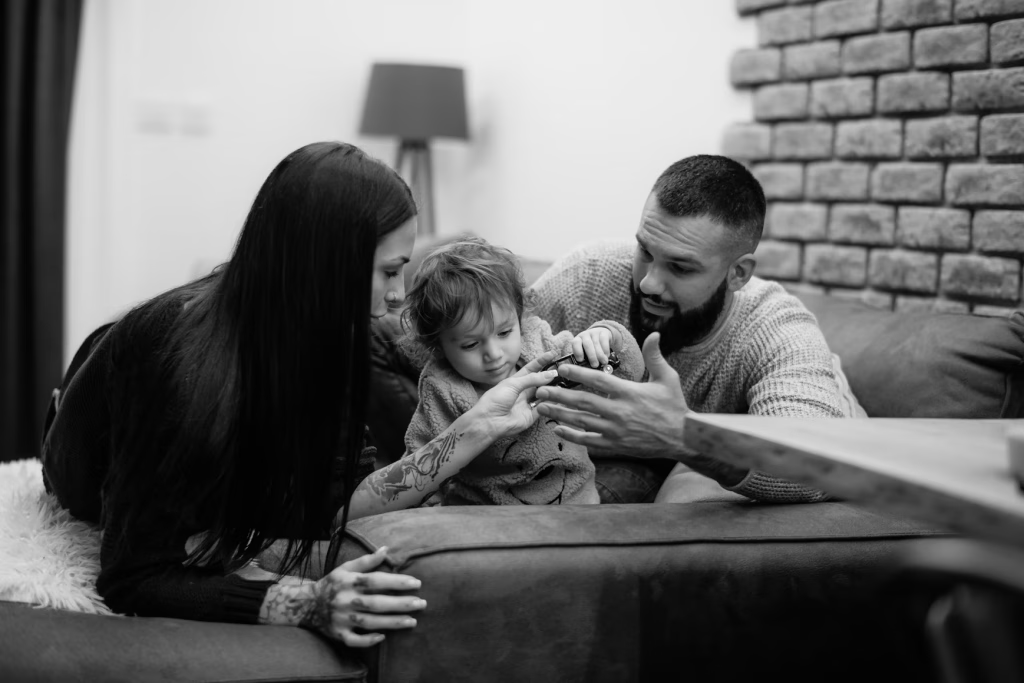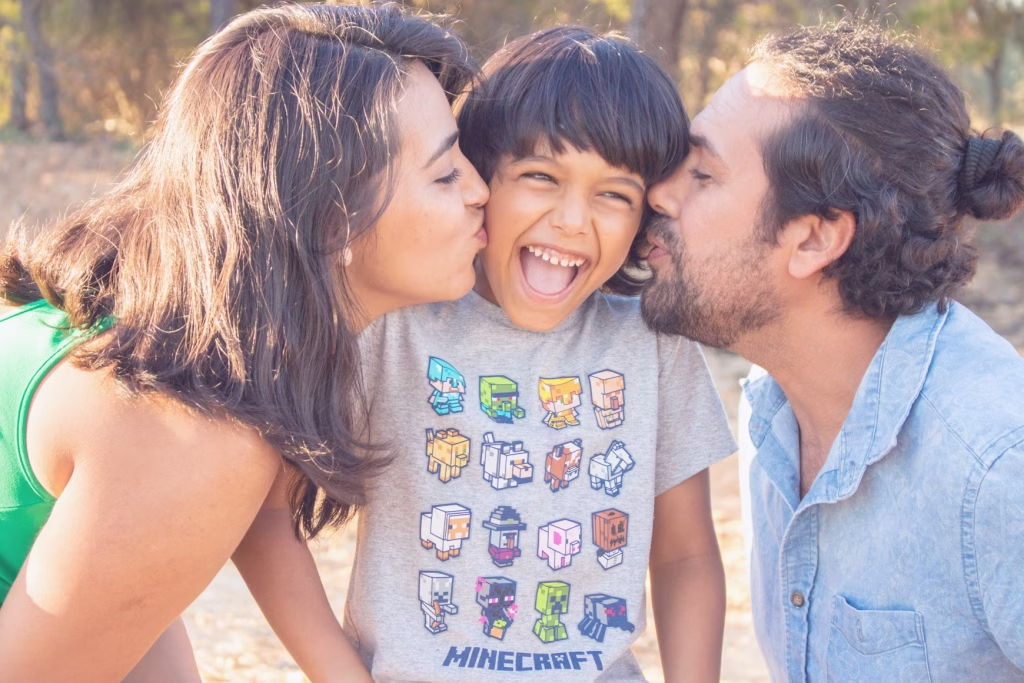
When love fades and frustration grows, many parents face a heartbreaking question: Should we stay together for the kids? Guilt, hope, and the desire to protect children from pain often fuel this dilemma. In the past, the default answer was often “yes,” but today, more families are questioning what’s truly best for their child’s well-being when love changes—or ends. Below, we’ll explore expert insights, how children are affected, and the choices real parents make when confronted with this life-altering crossroads.
The Changing Mindset on Staying for the Kids
Historically, staying married “for the kids” was the social norm. However, modern perspectives have evolved. Kids need more than just two parents under one roof; they need emotional safety, kindness, and consistency. If an unhappy marriage prevents those essentials, two separate but stable households might serve everyone better than one tense home.
Why Stability Still Matters
Even so, stability remains crucial in a child’s development. Predictable routines and engaged parenting often lead to better emotional, social, and academic outcomes. Children do well when conflict is minimized and both parents show up consistently—things that can happen in a two-parent home or across two supportive households post-separation.
The structure of the family is less important than the overall climate of warmth, reliability, and emotional availability. For insights on creating a stable environment during marital strife, see the American Psychological Association’s recommendations on healthy co-parenting and child well-being.

The Silent Toll of Unhappy Marriages
Here’s the complexity: staying in an unhappy marriage can breed the very instability we hope to avoid. Children are remarkably sensitive, picking up on even unspoken tension. Regular exposure to conflict or emotional detachment can spark anxiety, behavioral issues, and low self-esteem. Many studies suggest that kids fare better once parents separate than when they remain in a joyless partnership. In fact, 82% of young people surveyed felt that divorce is preferable to living in a tense or unhappy home.
Can Children Adjust After Divorce?
It’s natural to fear that divorce will irreversibly harm your child. The truth is, while the early stage of separation may be confusing or painful, research indicates most children adapt with time, especially when both parents continue to be loving, active, and cooperative in co-parenting. They can and do thrive after divorce, falling within normal ranges on developmental and psychological benchmarks. Though not without challenges, a thoughtfully navigated divorce can provide emotional stability if parents remain engaged.
Making the Right Choice for Your Family
Whether to stay or separate is deeply personal—no single script fits every family. What’s crucial is prioritizing your child’s emotional security, your own health, and the quality of co-parenting if you part ways. Some couples manage to rebuild and flourish as a unit, while others find that respectful separation ultimately offers the healthiest environment for their children. Both paths require courage—and both can lead to healing and stability in the long run.
When Love Changes, What Does Your Family Need Most?
If you’re wrestling with this decision, remember you’re not alone or failing. It’s okay to grieve the family vision you once had and to weigh every angle carefully. It’s also okay to choose emotional peace over maintaining appearances, trusting that love can look different while still nurturing your child. Whether you seek counseling, turn to a trusted confidant, or explore co-parenting arrangements, taking time to reflect on everyone’s emotional needs is an act of love in itself.
Have you faced this choice? We welcome your insights and experiences in the comments—sharing your journey might help someone else find clarity.
Read More
- 7 Key Financial Differences Between Parallel Parenting and Co-Parenting
- Top 8 Benefits of Parallel Parenting for Divorced Parents

Samantha Warren is a holistic marketing strategist with 8+ years of experience partnering with startups, Fortune 500 companies, and everything in between. With an entrepreneurial mindset, she excels at shaping brand narratives through data-driven, creative content. When she’s not working, Samantha loves to travel and draws inspiration from her trips to Thailand, Spain, Costa Rica, and beyond.


